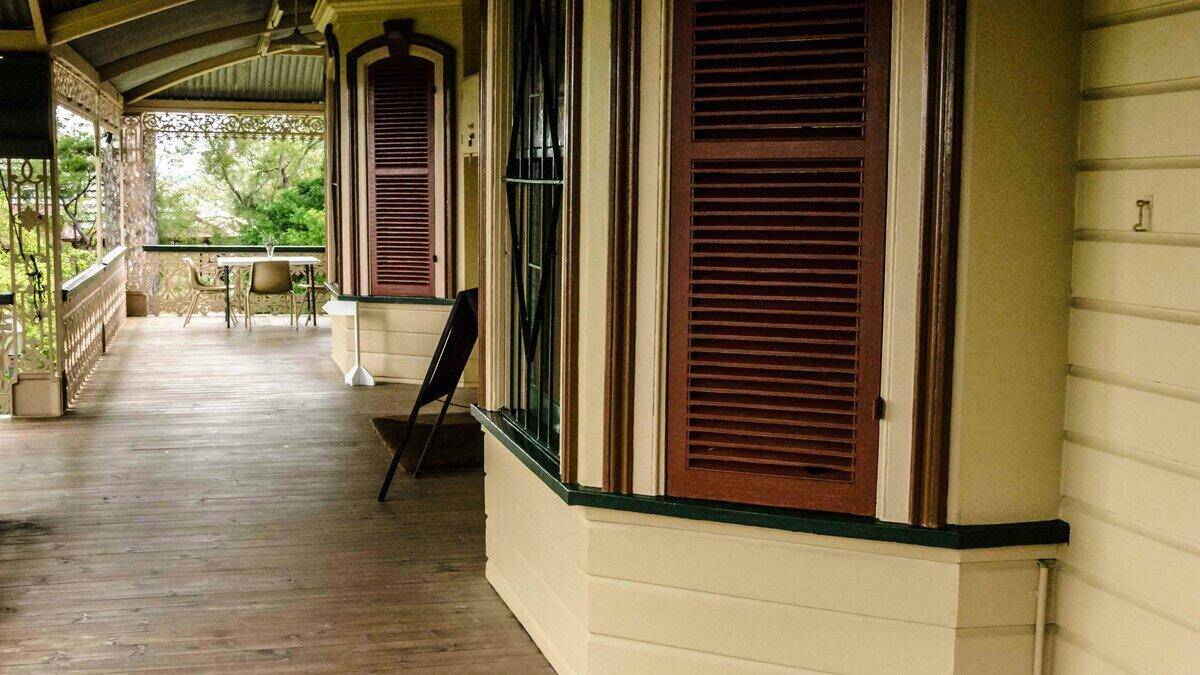The annual Houzz & Home survey of more than 4,500 households found Gen Xers and Millennials followed boomers in renovation activity, making up 39% and 14% of home renovators respectively.
The survey found the median spend for home renovations stabilised at $20,000 in 2019, while at the higher end of the market, 10% of homeowners spent $150,000 or more on their renovations.
Almost half of respondents reported a renovating project last year, tackling nearly three interior rooms on average.
Conducted in early 2020, planned activity for this year remains consistent with last year, with the impact of COVID-19 and the government's HomeBuilder scheme yet to be seen.
Buying a home or looking to refinance? The table below features home loans with some of the lowest variable interest rates on the market for owner occupiers.
| Lender | Home Loan | Interest Rate | Comparison Rate* | Monthly Repayment | Repayment type | Rate Type | Offset | Redraw | Ongoing Fees | Upfront Fees | Max LVR | Lump Sum Repayment | Additional Repayments | Split Loan Option | Tags | Features | Link | Compare | Promoted Product | Disclosure |
|---|---|---|---|---|---|---|---|---|---|---|---|---|---|---|---|---|---|---|---|---|
5.79% p.a. | 5.83% p.a. | $2,931 | Principal & Interest | Variable | $0 | $530 | 90% |
| Promoted | Disclosure | ||||||||||
5.74% p.a. | 5.65% p.a. | $2,915 | Principal & Interest | Variable | $0 | $0 | 80% | 100% owned by Commbank |
| Promoted | Disclosure | |||||||||
5.84% p.a. | 6.08% p.a. | $2,947 | Principal & Interest | Variable | $250 | $250 | 60% | 100% offset |
| Promoted | Disclosure |
Marine Sargsyan, Houzz senior economist, said renovation spend and activity had stabilised, with boomers continuing to drive much of the growth in the area.
“Following significant growth in home renovation activity over the past few years, we’re seeing the market settle somewhat in terms of activity,” Ms Sargsyan said.
“That said, project scope and spend have remained stable and we’re seeing Baby Boomers continue to bring consistency to the market as they pursue projects that will allow them to age in place.”
Gen Xers reported the highest median renovation spend at $20,000, followed closely by Baby Boomers at $18,500.
Kitchens had the highest median spend at $15,000, down on previous years, followed by master bedrooms ($13,000) and guest bathrooms ($10,000), both up on previous years.
COVID impact on home improvement
The survey was fielded prior to the declaration of the COVID-19 pandemic in February and March of this year, and at that time nearly half of homeowners surveyed planned to continue or start renovations this year.
But Ms Sargsyan said the majority of homeowners had been able to go ahead with plans, and those holding off meant there would be an influx of work in the future.
“Subsequent surveys have shown that four in five homeowners who were in the midst of a project at the start of the pandemic were able to continue with renovations," she said.
"That said, some homeowners have opted to delay certain elective renovations due to implications related to social contact, labour and material availability and personal discretionary spending.
"Deferred maintenance will accrue during this period, setting the stage for a renewed burst of activity following the pandemic."
Planning takes time
Preparing for a renovation in 2019 on average took longer than the renovation itself.
While construction took between two and six months on average for different types of projects, the planning phase took roughly twice as long.
Kitchens required almost a year of planning, while bathrooms took around nine months, and kitchens and living rooms continued to be the most popular rooms to renovate.
One in ten homeowners added or upgraded a home office in 2019, a number which is likely to rise this year given the shift to working from home.
[Read: How much a home office costs to build]

Ready, Set, Buy!
Learn everything you need to know about buying property – from choosing the right property and home loan, to the purchasing process, tips to save money and more!
With bonus Q&A sheet and Crossword!






 Denise Raward
Denise Raward

 Harry O'Sullivan
Harry O'Sullivan